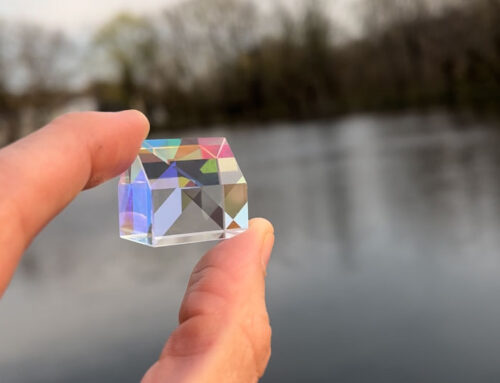At Novel Logic Media, we’re always looking for new ways to study the overlap between design, emotion, storytelling, and interaction — not just on the web or in a client deliverable, but in the larger experience ecosystems that shape our expectations as humans. This year, we’re diving into a study on the gamification of experience design, and we’ve chosen a few masterfully crafted titles as our research subjects: Journey, Inside, and Abzû.
These are more than games — they are playable metaphors, interactive design philosophies, and emotional landscapes disguised as digital adventures. The goal of this study is to break down how these games communicate complex narratives and emotional truths through mechanics, visual composition, user experience, and multi-user dynamics — and what that can teach us about designing experiences across industries.
🎨 Journey – The Sacred Silence of Cooperative Play
Developed by Thatgamecompany, Journey stands out as a minimalist masterpiece. With no spoken dialogue, no chat, and no interface clutter, the game invites you to traverse a vast desert toward a glowing mountaintop. Along the way, you might encounter another anonymous player — just a silent figure, cloaked like you.
And yet… you feel them.
The simplicity of the design — the color gradients, the blowing sand, the scarf trailing in the wind — creates an atmosphere of spiritual weight. But what’s most stunning is how Journey implements multi-user gameplay in a way that feels emotionally sacred. You and your silent companion can’t speak or type. You communicate through proximity, movement, and a soft chime. You learn to intuit meaning. You look out for each other. When they disappear… you feel it.
In UX terms, this is the equivalent of an experience that speaks through non-verbal cues, ambient empathy, and relational architecture. There is no reward system, no leaderboard — and yet, many players report crying at the end. Journey becomes a case study in how we might design tools or platforms that invoke mutual respect and unspoken collaboration.
🌊 Abzû – Flow States and Emotional Immersion
Abzû invites the player into an oceanic world teeming with light, fish, sound, and mystery. You are a diver exploring coral reefs, sunken ruins, and abstractly spiritual underwater temples.
What makes Abzû fascinating is how it uses environmental design and motion-based interaction to induce a flow state — the psychological sweet spot where action and awareness merge. You don’t compete. You don’t upgrade weapons. You just explore. You learn the rhythms of the sea. You breathe with the music.
From a design standpoint, Abzû offers insight into user rhythm, tempo, and sensory alignment. The game doesn’t push you — it pulls you inward. For professionals working in wellness, mindfulness, or even ambient app development, Abzû demonstrates how design can be gentle and expansive, while still being purposeful.
🧠 Inside – A Psychological Puzzle in Silence
Created by Playdead, Inside is far darker and more narratively abstract than the other two, but no less rich in insight. A grayscale side-scroller filled with eerie puzzles and surreal horrors, it offers no explanations — only movement, danger, and implication.
The genius of Inside lies in its use of sound, light, and pacing to create tension. Its storytelling is environmental, psychological, and often chilling. It trusts the player to find their own emotional narrative through subtle cues — a shadow cast on the wall, a sound that doesn’t belong, a body floating in the background.
In UX terms, Inside shows how much you can do with less. It is a lesson in restraint, mood, and timing — crucial principles for building user experiences that engage emotionally without oversaturating the senses. It also highlights how interactivity can evoke empathy, fear, and urgency, all without a single word.
📚 Why This Study Matters
We bought a PlayStation in 2024 not just to game, but to observe, analyze, and reverse-engineer how these emotionally resonant experiences work — and how their design principles can apply to our work in web, UX, content creation, and visual storytelling.
-
How does a user learn without being told?
-
How do environments shape emotional perception?
-
How does silence — or friction — create tension that drives deeper engagement?
By playing with intention and documenting insights from these masterpieces, we’re contributing to a growing body of knowledge around experiential interaction design, gamification, and emotionally intelligent storytelling.
🔍 What’s Next
This study will evolve into a blog series, possibly a short video essay, and maybe even design exercises we integrate into client workshops. Because at Novel Logic Media, we don’t just want to build interfaces — we want to build experiences that feel something.
And sometimes, to feel more — you need to play.






Leave A Comment